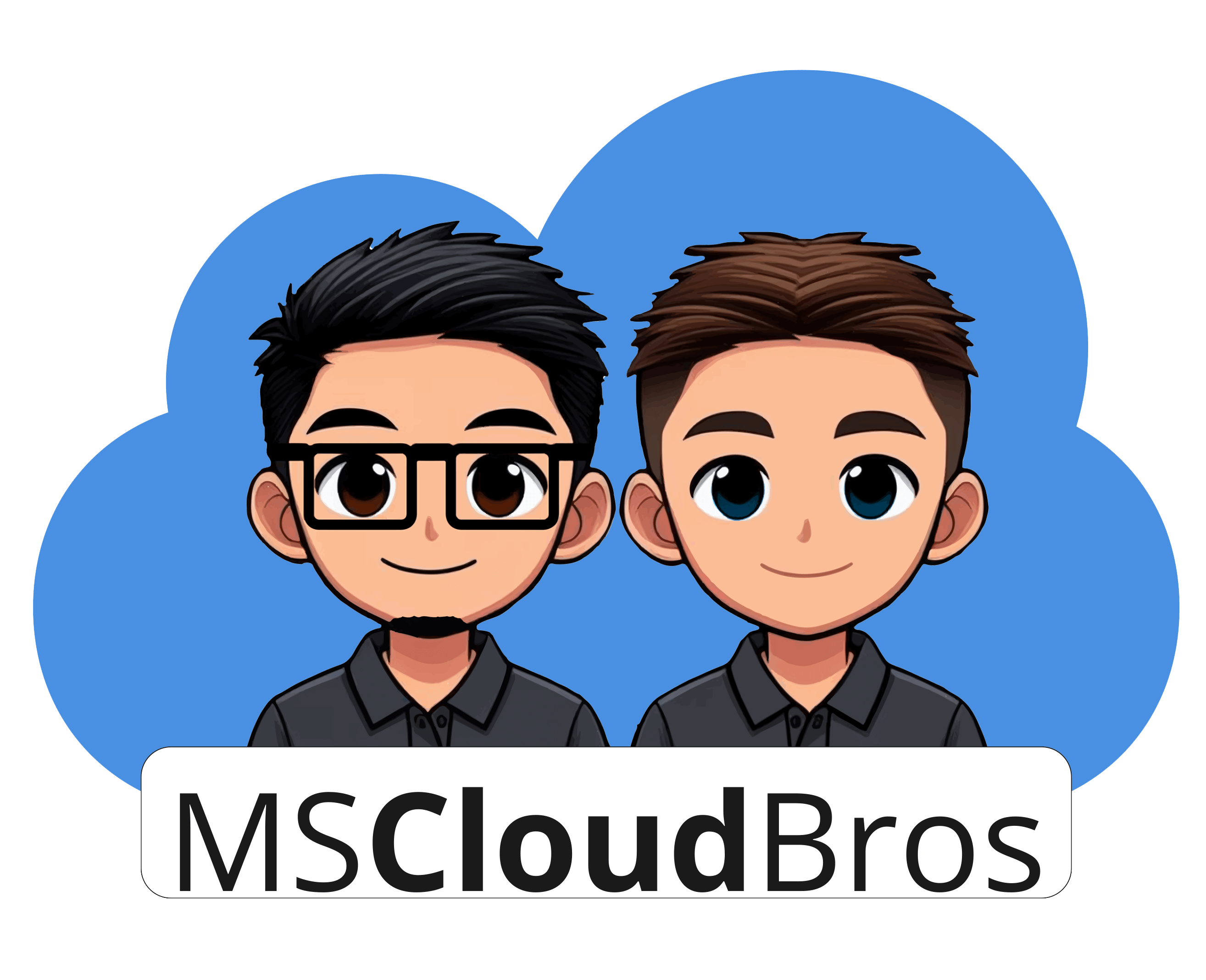In our fast-paced digital age, businesses are constantly looking for ways to stay competitive. One strategy that’s making waves is the use of Infrastructure as a Service, or IaaS. In particular we are going to talk IaaS on Microsoft Azure.
Microsoft was recognized as a leader in the 2022 Gartner Magic Quadrant for Cloud Infrastructure and Platform Services. The Gartner report noted that Azure provides future-ready cloud solutions for various environments, including on-premises, hybrid, multicloud, or edge, and offered more regions than any other cloud provider. This recognition underscores Microsoft’s commitment to delivering sustainable and trusted cloud infrastructure. You can read the full report here: Leader in Cloud Infrastructure and Platform Services
Azure’s offerings include a robust suite of services ranging from web application firewall (WAF) service for robust protection of web apps, cloud-native network security service to safeguard Azure Virtual Network resources, to various storage, web, and virtual desktop infrastructure solutions.
What is Infrastructure as a Service (IaaS)?
Azure Infrastructure as a Service (IaaS) is like a virtual toolbox for your business’s IT requirements. It equips you with all necessary hardware and tools, such as servers, network connections, and IP addresses, without the need for ownership or maintenance. Everything is readily available in the Azure cloud, prepared for use whenever required.
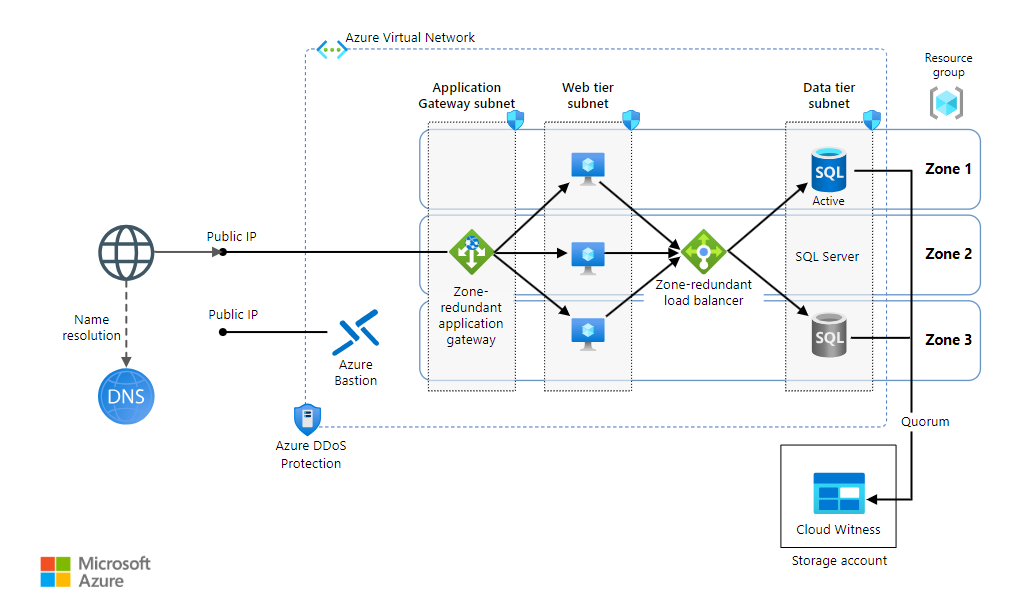
Stay Agile with IaaS
In the increasingly unpredictable business landscape, the ability to adapt swiftly is crucial. Azure IaaS empowers businesses to scale their resources up or down as per necessity, enabling them to respond dynamically to changes in demand or market conditions. In the real world examples later on in this article, you’ll see how Jellyfish Pictures benefited from this.
Additionally, Azure IaaS simplifies the process of configuring and decommissioning environments. With its automation features, businesses can easily manage these tasks, saving valuable time and effort.
Save Money with IaaS
One of the key advantages of Azure IaaS is its cost-effectiveness. Instead of making hefty investments in infrastructure and incurring ongoing costs, businesses can leverage Azure IaaS to pay solely for what they utilize. During periods of low demand, money is not wasted on unused resources. Conversely, during high-demand periods, Azure IaaS ensures that you can meet demand without straining your budget.
There are also key ways you can save money on your Azure workloads through things like cost savings plans and azure reservations (see my article Unleash the Power of Azure Reservations)
Keep Your Data Secure with IaaS
Data security is paramount for all businesses, and Microsoft understands this. They invests heavily in top-tier security to ensure your data is safe. See Azure Infrastructure Security.
With a team of security experts monitoring operations round-the-clock, you can rest assured that your business is protected. Plus, Microsoft can help you set up and manage your cloud infrastructure according to best practices, providing an additional layer of security. Watch video about Azure Security.
Rely on IaaS
Microsoft is committed to delivering reliable services. You don’t have to worry about maintaining or upgrading hardware – they’ve got it covered. And with robust Service Level Agreements (SLAs) (99.99% SLA for Virtual Machines), you can trust that any issues will be addressed promptly. Here is a link to an SLA board by Azure Charts for a look of Azure’s SLAs: Azure SLA Board
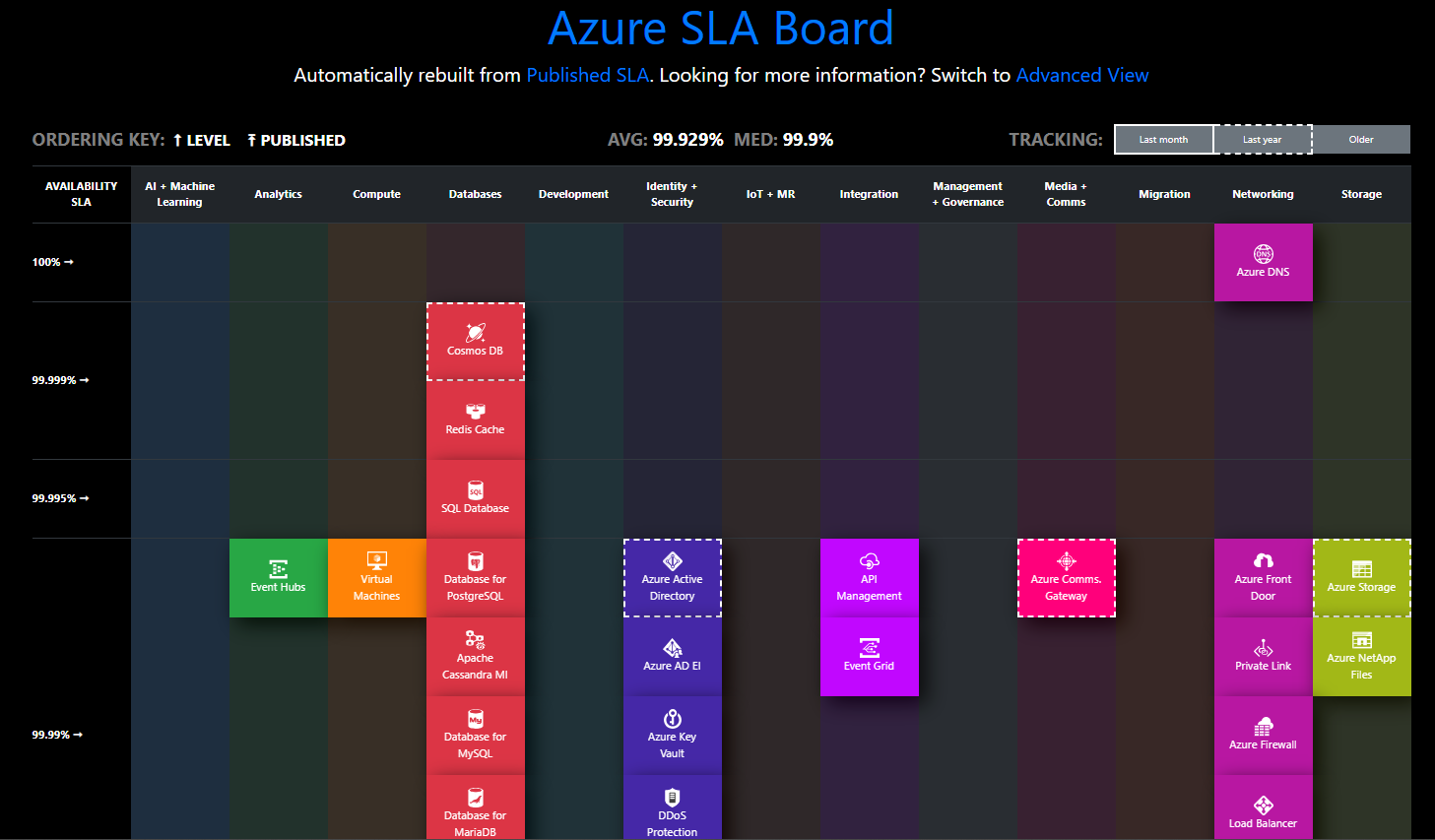
Navigating the Transition to Azure IaaS
Transitioning from a traditional IT model to Microsoft Azure’s Infrastructure as a Service (IaaS) might seem like a monumental task. However, with careful planning and the right partner, it can be a smooth and advantageous journey.
The Transition Process
The initial step in transitioning to Azure Infrastructure as a Service (IaaS) involves understanding your current IT infrastructure and its associated costs. This is where Azure Migrate can be an invaluable tool. It provides a comprehensive assessment of your on-premises workloads, helping you understand what needs to be moved to Azure, what can remain on-premise, and what can be retired.
Once the assessment stage is complete with the help of Azure Migrate, the next phase is planning your move. This includes deciding on the suitable mix of Azure services and strategizing for data migration. Azure Migrate not only assists in identifying potential migration challenges but also offers insights for creating a smooth, optimized migration plan.
Anticipating potential challenges during the transition is crucial, such as possible downtime during data migration or compatibility issues between existing applications and Azure. Azure Migrate helps here by offering scenario-based migration strategies, thereby ensuring that you have a comprehensive plan in place to mitigate these risks.
Finally, once the transition is complete, it’s important to consistently monitor and manage your new Azure infrastructure. Luckily Azure provides robust tool sets for monitoring and managing that environment.
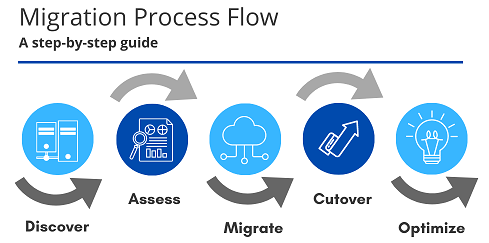
Real-World Success with Azure IaaS
Jellyfish Pictures, a renowned animation and visual effects (VFX) studio, utilized Azure IaaS to its fullest potential to achieve remarkable success. They leveraged Microsoft Azure Virtual Machine Scale Sets, HBv2 virtual machines, and Avere vFXT for Azure to build a powerful, flexible, and cost-efficient infrastructure. To reduce rendering costs significantly, they used Azure Spot Virtual Machines, which resulted in an 80% cost reduction. The studio also employed an Azure ExpressRoute connection to minimize latency and securely manage storage.
The scalability of Azure services allowed Jellyfish Pictures to swiftly expand their infrastructure, enabling them to hire top talent worldwide. During the COVID-19 lockdown, the studio hired around 200 people from over 20 different countries. They utilized Azure Virtual Machine Scale Sets to replicate a single image across 500 nodes of Azure HBv2-series VMs, providing their remote workforce with low latency and high-performance working conditions.
Thanks to Azure IaaS, Jellyfish Pictures gained an additional 70% capacity compared to their own datacenter. This allowed them to massively scale up without long-term CAPEX commitments. They also achieved cost efficiency with Azure Spot Virtual Machines, reducing costs by 80%. Lastly, the studio automated platform provisioning using infrastructure as code with Terraform.
You can read their full success story here: Jellyfish Pictures Media & Entertainment on Azure

AIA Singapore Private Limited, a renowned insurance company, made a successful transition of their crucial Java applications to Microsoft’s Azure. This move resulted in significant performance enhancements and cost efficiencies. Initially, the company launched an interactive point of sale (iPoS) system that was mobile-first but faced challenges with unpredictable traffic spikes and underutilized on-premises servers. The adoption of Azure enabled AIA Singapore to leverage an event-driven architecture, open-source components, and platform as a service (PaaS) offerings such as Azure Kubernetes Service.
To ensure data security on Azure, the company implemented a Zero Trust model, using Azure landing zones and ExpressRoute connections for reliability and compliance. The successful migration of the iPoS application to Azure Kubernetes Service, Apache Tomcat, and Azure SQL Managed Instance exemplified the company’s effective use of Azure.
The adoption of Azure has not only improved AIA Singapore’s operational efficiency and customer experience, but it has also made the company an attractive workplace for talented technical professionals. You can read their success story here: AIA Singapore Private Limited on Azure

Choosing the Right Partner
Selecting the right cloud solutions partner is a critical factor in a successful transition to Azure IaaS. IT Services companies with Microsoft Certified Azure Solutions Experts like me, offer invaluable support throughout the transition process. They can assist you with deploying and maintaining your Azure IaaS environment while ensuring cost-effectiveness and performance quality.
It’s also important that that partner is able to communicate and educate you on your environment. For instance I like to provide easy to understand visuals with explanations of how things work. I would request something similar from whoever you work with.
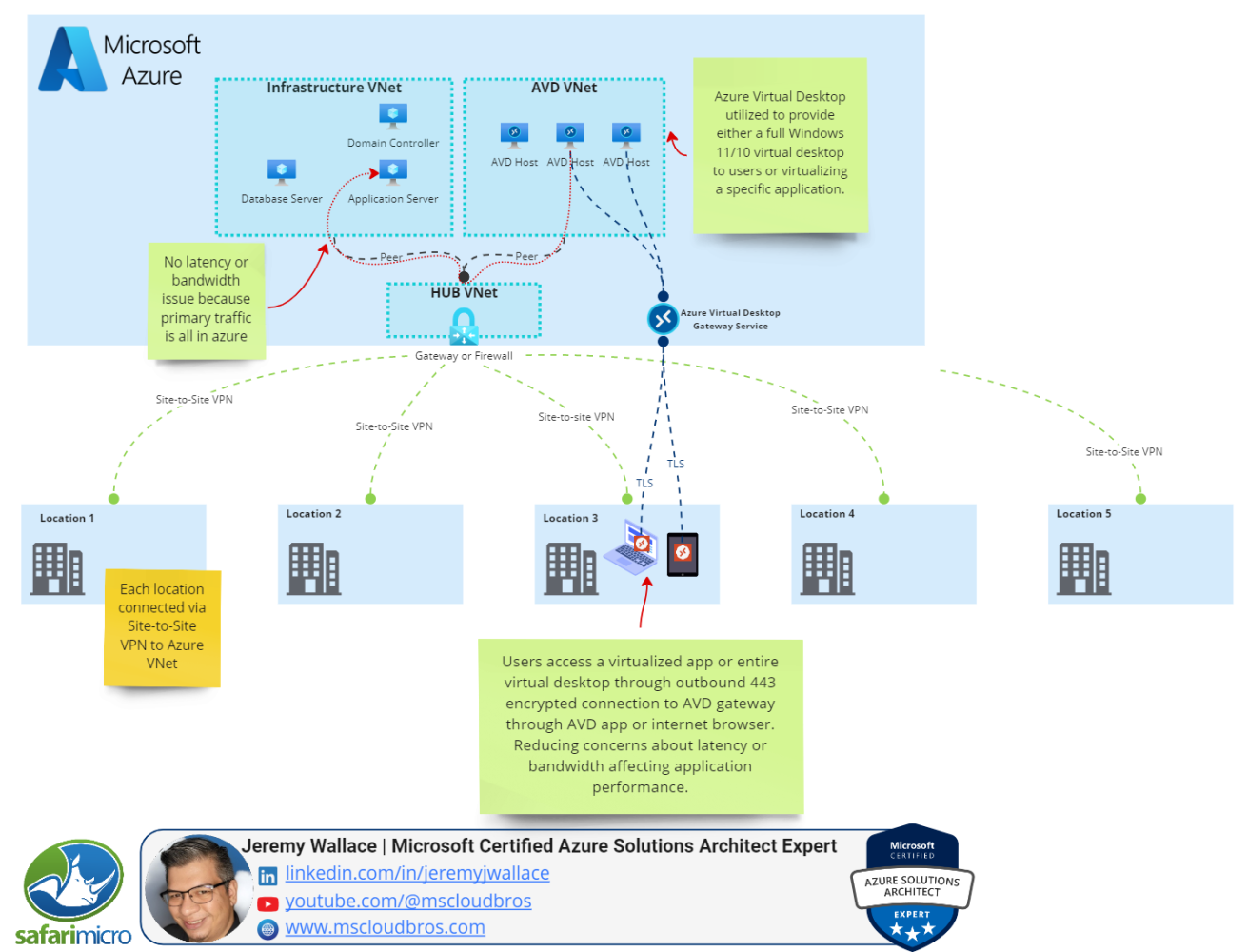
Embrace the Future with Azure IaaS
The benefits of transitioning to Azure for Infrastructure as a Service are clear. It provides the ability to quickly adapt to changing business conditions, enhances security, and improves reliability. As we navigate the era of digital transformation, adopting Azure IaaS can help businesses stay ahead of the curve.
From financial efficiency to operational agility and robust security, Azure offers a plethora of benefits that can drive businesses towards success. Whether you’re a small business looking to scale or a large enterprise seeking to optimize operations, Microsoft Azure’s Infrastructure as a Service (IaaS) could be the key to unlocking your business’s potential.
